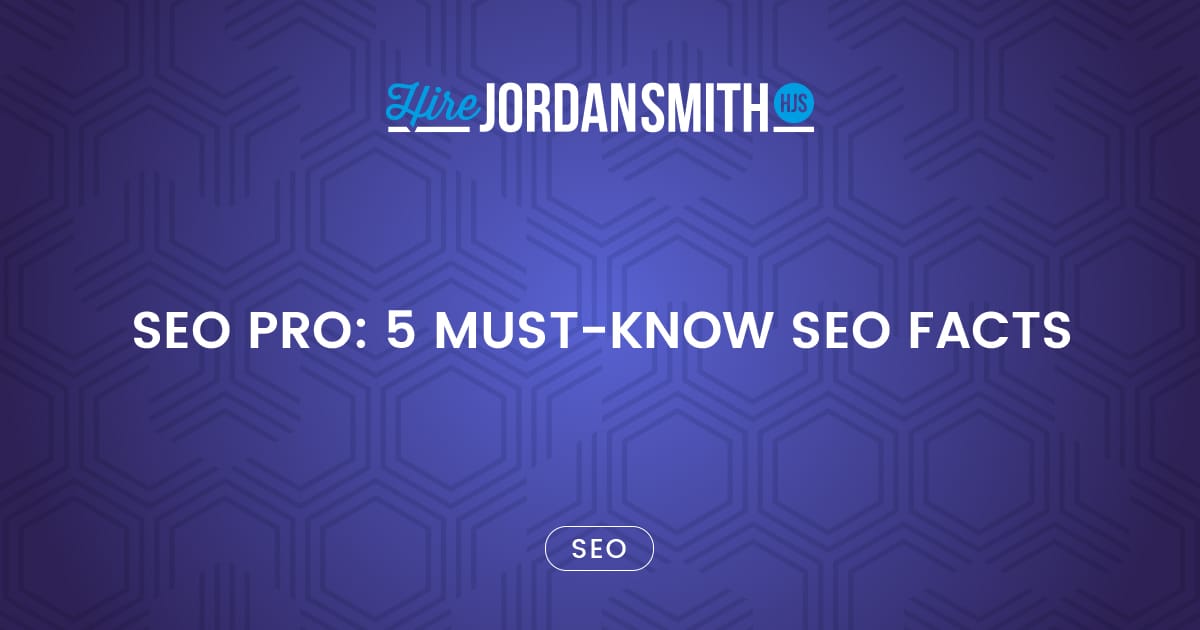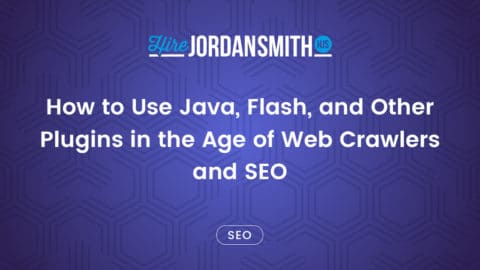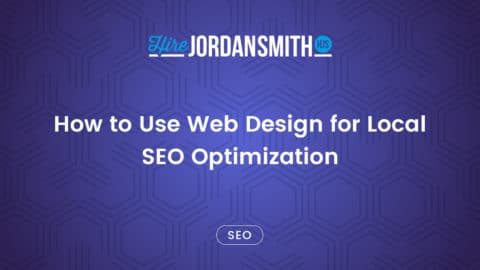Think you’re an SEO pro? Do you know all there is about SEO facts and figures?
You might want to think again. Google updates its algorithm often and the things you know might already be old news. What you might accept as facts might be myths or skewed with false information.
Let’s get down to the truth! Read our list below to learn five crazy facts you didn’t know about search engine optimization:
Table of Contents
Social Media Doesn’t Affect Ranking
Posting links to your blog posts and other pages on Facebook, Twitter, and Instagram helps keep your audience updated. Doing this helps promote engagement with the people who follow your brand. It also widens the range of your brand too, since more people are likely to discover your business the more content you put on social media.
That said, none of those efforts effectively boost your SEO campaign. To the dismay of many, social media marketing doesn’t directly improve your SERP ranking.
Google’s crawlers and its algorithm don’t look at the backlinks you post on Facebook. Social signals like shares and likes can’t boost your site’s ranking in any meaningful way.
However, there are indirect benefits.
These are the things you should improve. For one thing, social media helps build your brand’s reputation as an authority in a specific topic or niche. The next time someone searches for help in that field, there’s a higher likelihood your business and Facebook page might appear in the search results.
Duplicate Copy Doesn’t Penalize You
Does duplicate content on your page hurt your ranking? Many consider this as a part of common SEO facts.
Shockingly, duplicate content doesn’t penalize you. Google’s guidelines state nothing about penalizing duplicated content.
The only time duplicated content becomes a problem is when it turns into spam. The reason this is an issue is that Google’s algorithm reads spam as a negative user experience. It’s not a direct correlation.
However, Google does penalize for copied content. Wait, what’s the difference?
Look at it this way: you can copy a paragraph from the top of your blog post and then reiterate it, pasting it as is, at the bottom. That’s duplicated content. You might also want to duplicate posts from one site you own to another.
Copied content, on the other hand, is direct plagiarism. This is when you copy everything from a commercial site and claim it as your own, using it as is on your site. This not only counts as plagiarism but it also goes against several copyright laws.
The folks at Google understand you might need to duplicate content. There’s no issue there as long as you don’t spam the same content too often. Direct plagiarism, however, is a big crime for multiple reasons so avoid doing this.
If you have to take content from another source, make sure you credit it or contact the original creator.
High Bounce Rates Aren’t Always Bad
It’s a common myth that a high bounce rate is a bad thing. Most people see it as an indication that people visit their site and leave without further interaction. That’s not true because that isn’t the real definition of a bounce rate.
Your bounce rate refers to the percentage of people who land on your site and leave after seeing only one page, the one they landed on. This means people could land, subscribe or purchase, and then bounce out without further exploring your website.
A killer landing page can achieve this type of bounce rate. People can get to your site, perform some form of profitable conversion on the landing page, and then leave. That equates to good web design.
If you see a high bounce rate the next time you check your site’s analytics, don’t panic yet. Take a moment to study what kind of pages have high percentages and then study why people leave.
If they leave happy and you profit from their one or two actions, there’s no problem. If they leave dissatisfied, then the bounce rate does reflect a problem. You might have issues with disorganized web design, slow loading speed, or a confusing UI among others.
Hosting Service Isn’t a Direct Ranking Factor
Google’s algorithm understands you don’t have direct control over your hosting service. It understands that you have no control over who else shares the IP address. Other people avail of that hosting service, after all.
Despite this, many assume that their choice of a hosting service directly affects their ranking. This is not the case! However, there are indirect ways your hosting can affect your SEO efforts.
First, there’s site speed. Your web host affects how fast your site loads.
You also have to consider downtime. The more frequently a host shuts down for maintenance, the lower your ranking gets. People visit a site for its content and may leave disgruntled if they constantly find it down for maintenance.
Your available bandwidth and security features might also affect your SEO. Some hosting services that don’t offer security certification can get penalized because of the risk they present.
CTAs Don’t Always Belong at the Bottom
Quick: where do you put your call-to-action options? Where do you put links to the contact page or a subscription button? Where do you place the option to join a mailing list?
Most experts state you should put them at the bottom, after a blog post or feature. It’s important to have some down there since these give your visitors action options after consuming your content.
However, you shouldn’t forget the area above the fold. This refers to space on your web page people can see before they scroll down.
People should see CTA options at the top too. You don’t have to shove all these buttons and links in people’s faces. Use whitespace wisely and place action options in areas that make the most sense.
Learn More SEO Facts Today!
Did you learn a few brand new SEO facts? Did we burst one of the myths you believed in?
It doesn’t end here. Learning is only the beginning. If you want to succeed, you need to push forward with excellent web design and a tried-and-true SEO expert.
We’re here to guide you through it all. Feel free to get in touch here to get started!




